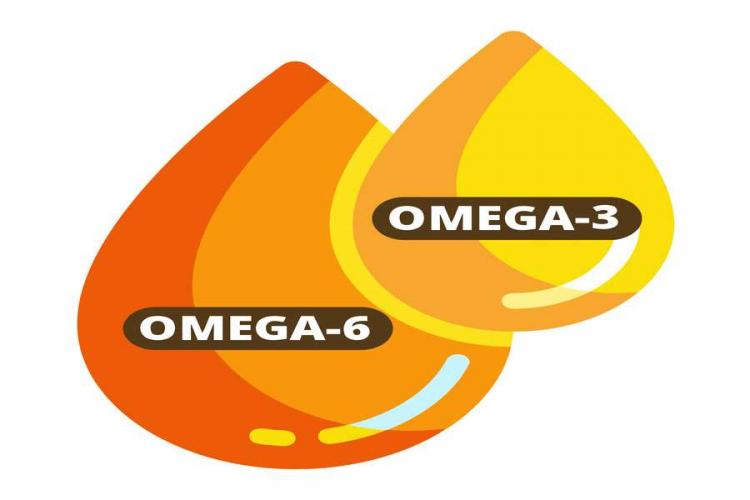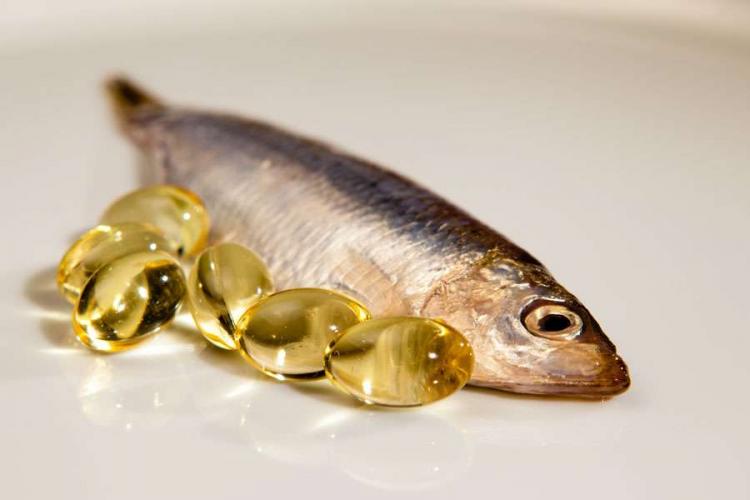The two major classes of polyunsaturated fatty acids (PUFAs) are the omega-3 and omega-6 fatty acids. Like all fatty acids, PUFAs consist of long chains of carbon atoms with a carboxyl group at one end of the chain and a methyl group at the other. PUFAs are distinguished from saturated and monounsaturated fatty acids by the presence of two or more double bonds between carbons within the fatty acid chain.

Docosahexaenoic acid (or DHA) is a long-chain (LC) poly-unsaturated fatty acid (PUFA). Together with ALA and EPA it is one of the main omega-3 fatty acids.
The long-chain designation stems from the fact that DHA consists of a chain of 22 carbon atoms. Poly-unsaturated fatty acids are characterized by the fact that they have double (=unsaturated) bonds between carbon atoms in multiple ("poly" in Latin) locations in the fatty acid chain. DHA has six such double bonds.
The term "omega-3" refers to the location of the first double carbon bond in the fatty acid chain. Given the fact that omega is the last letter in the greek alphabet and the fact that the first double bond between carbon atoms in DHA is located 3 carbon atoms away from the tail (=omega) end of the chain, it is called an omega-3. Sometimes omega-3 is referred to as n-3 and since DHA has 22 carbon atoms, 6 double bonds and is an omega-3 fatty acid, its shorthand-code is C22:6n-3.
The global omega-3s market grew 2.3% in 2018 from the previous year on a tonnage basis, according to a report released by GOED.
Read the full article at Nutraingredients.com.
Research indicates that EPA and DHA omega-3s may affect the brain’s corticolimbic circuit maturation.
Mood disorders, including major depressive disorder, bipolar disorder and anxiety disorders are among the most common psychiatric disorders and are a major cause of disability globally. [...]
Do you know why omega-3s are important for your health? Do you know the difference between ALA, DHA and EPA? Test your omega-3 IQ at alwaysomega3s.com









